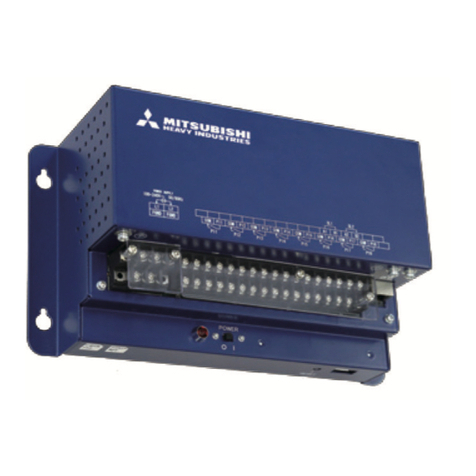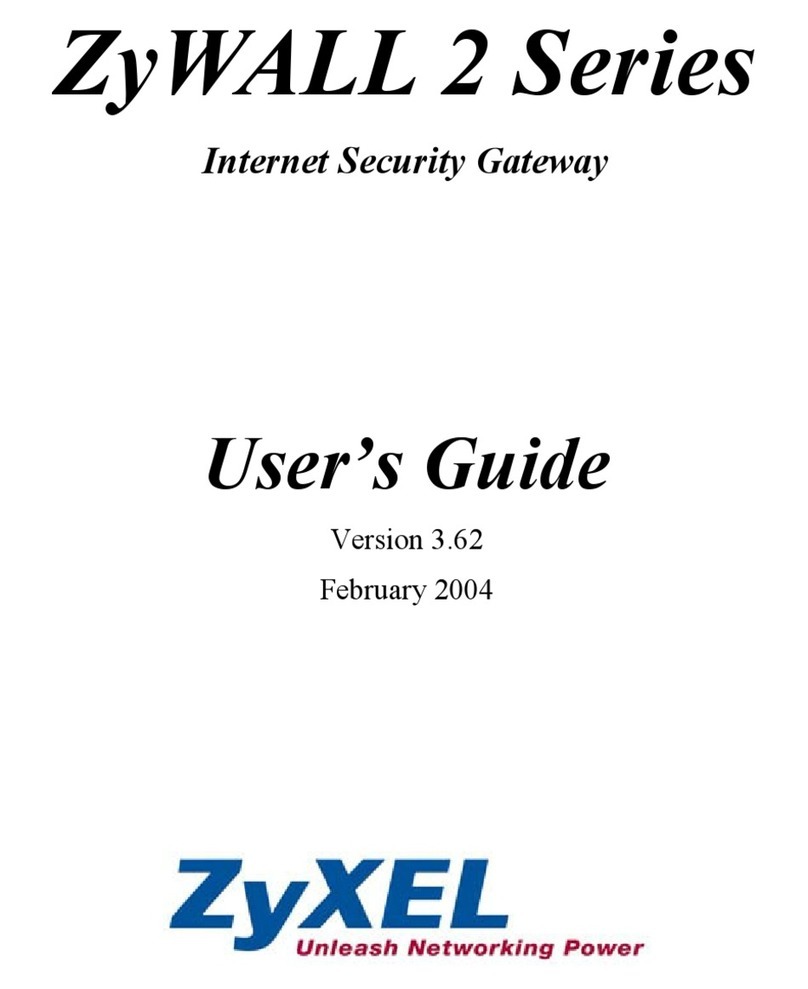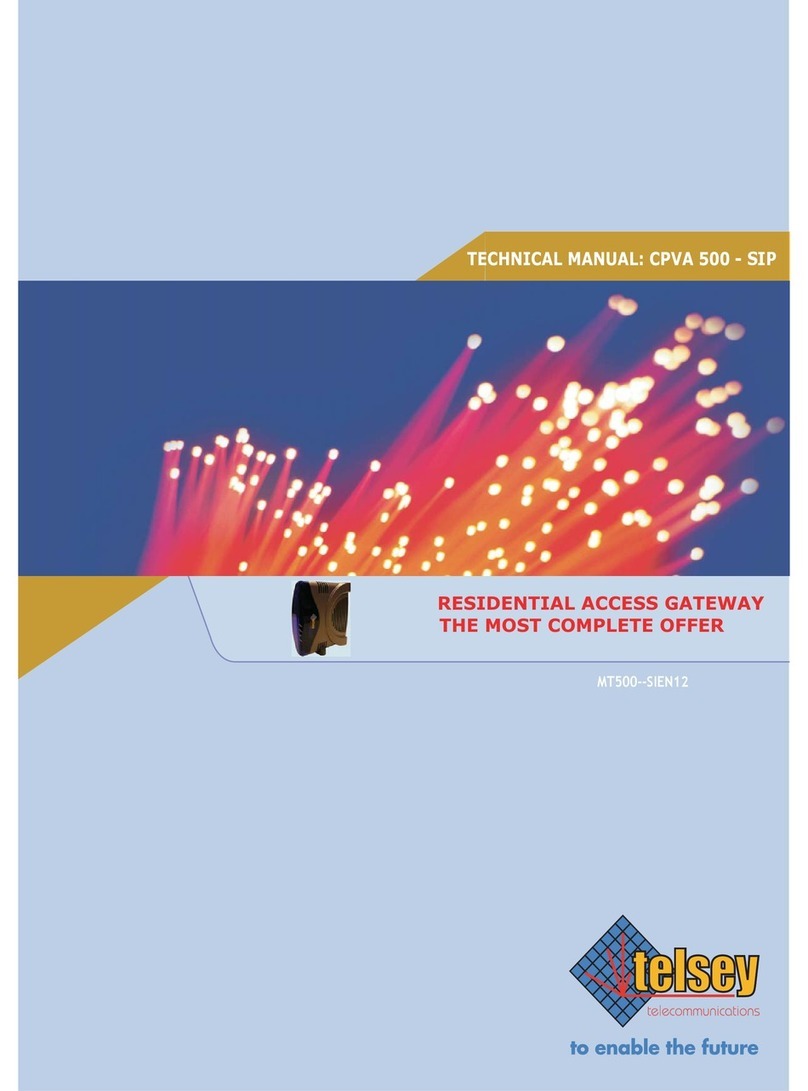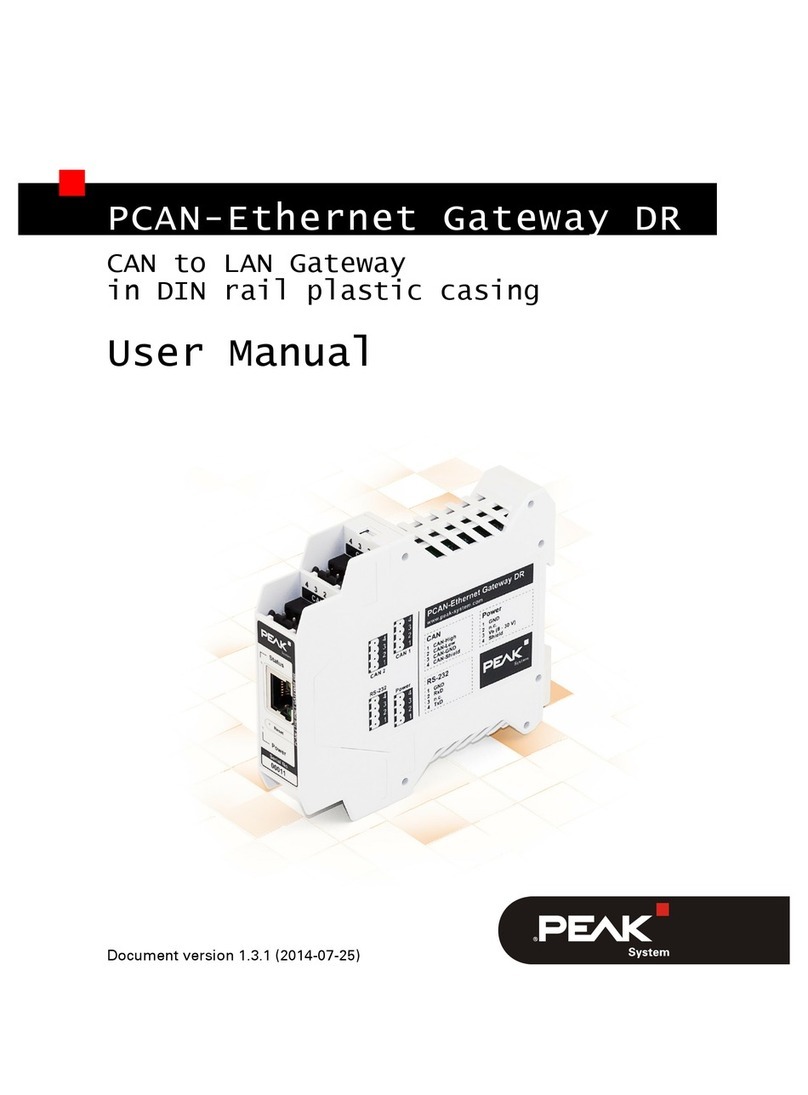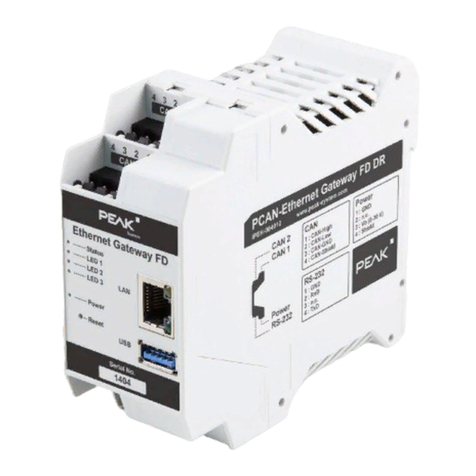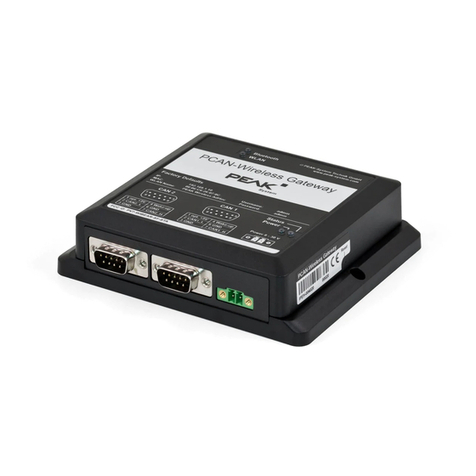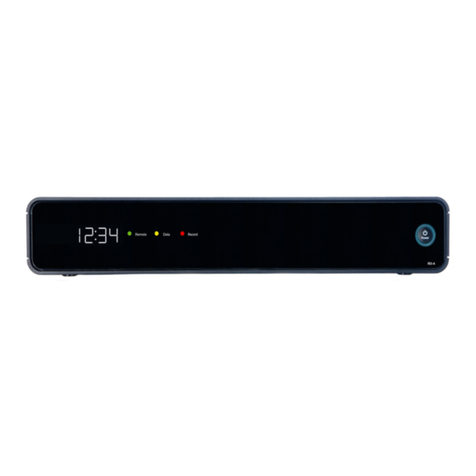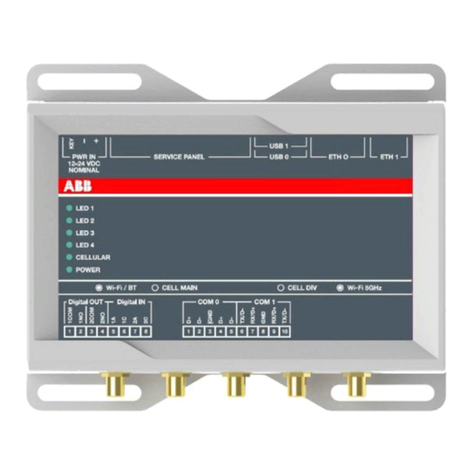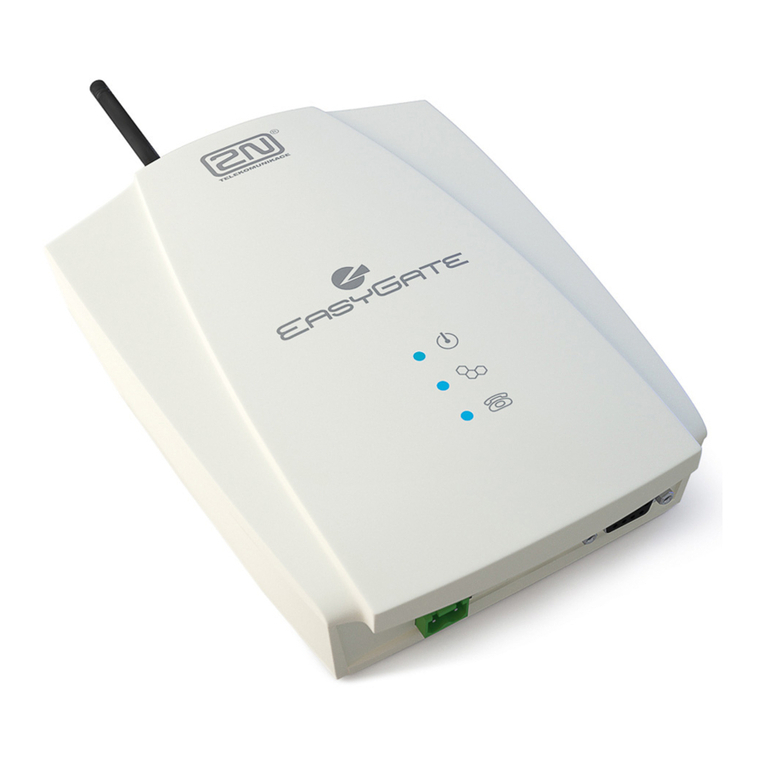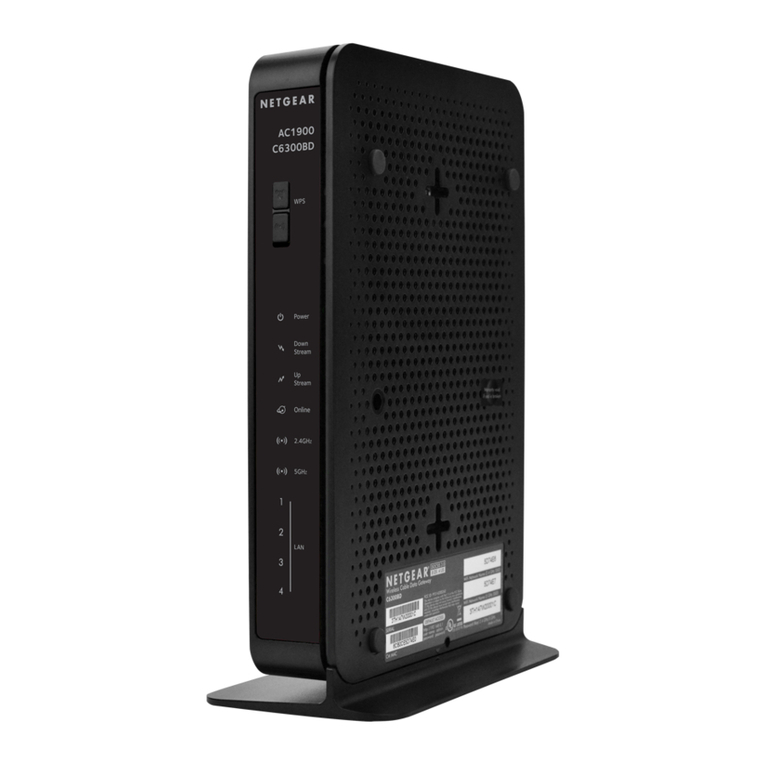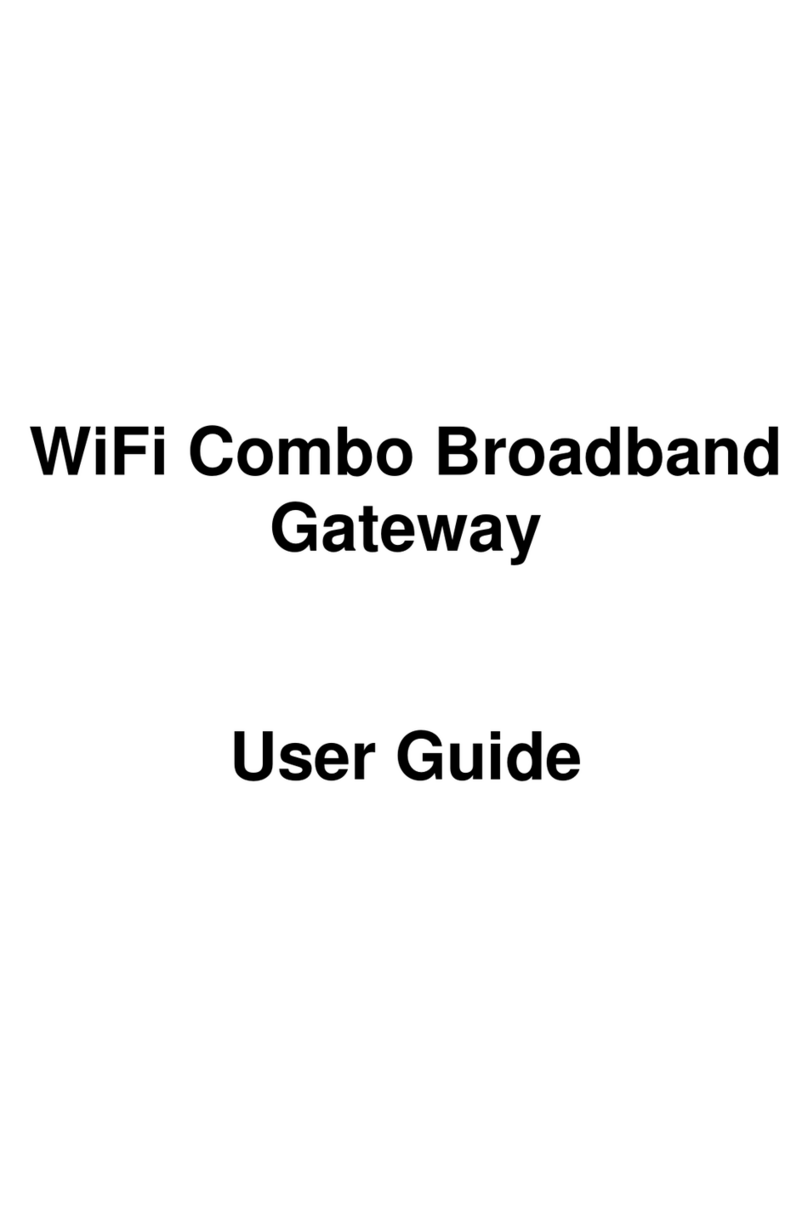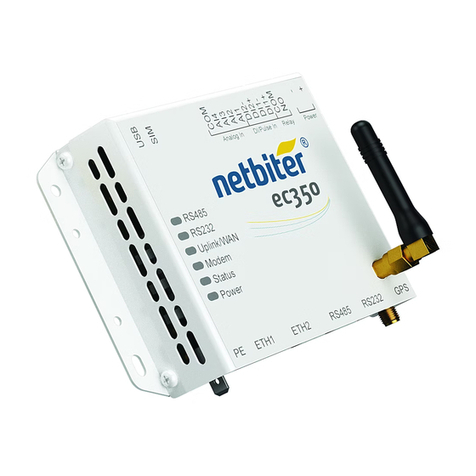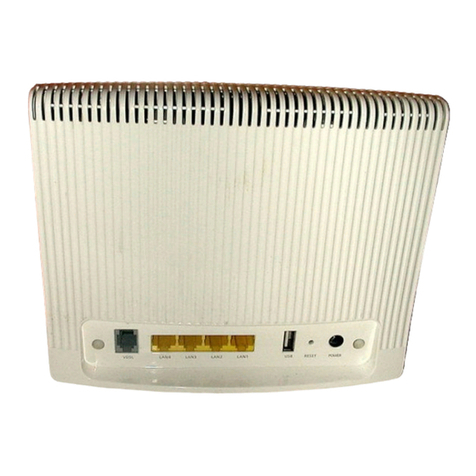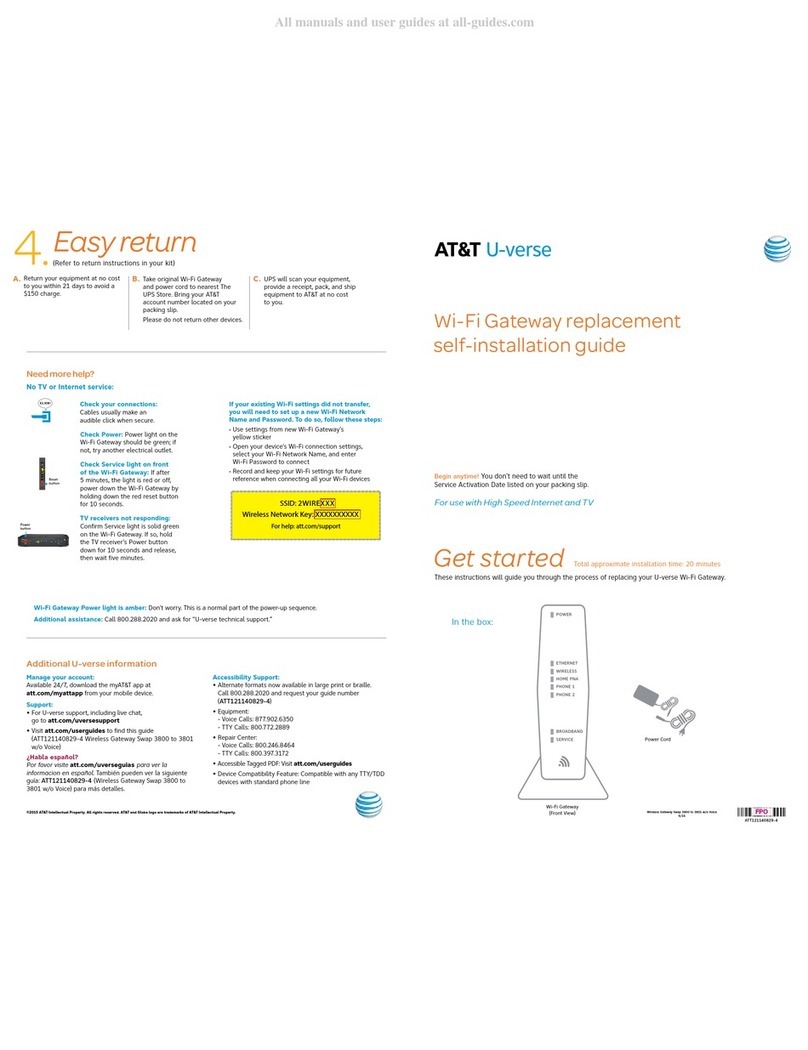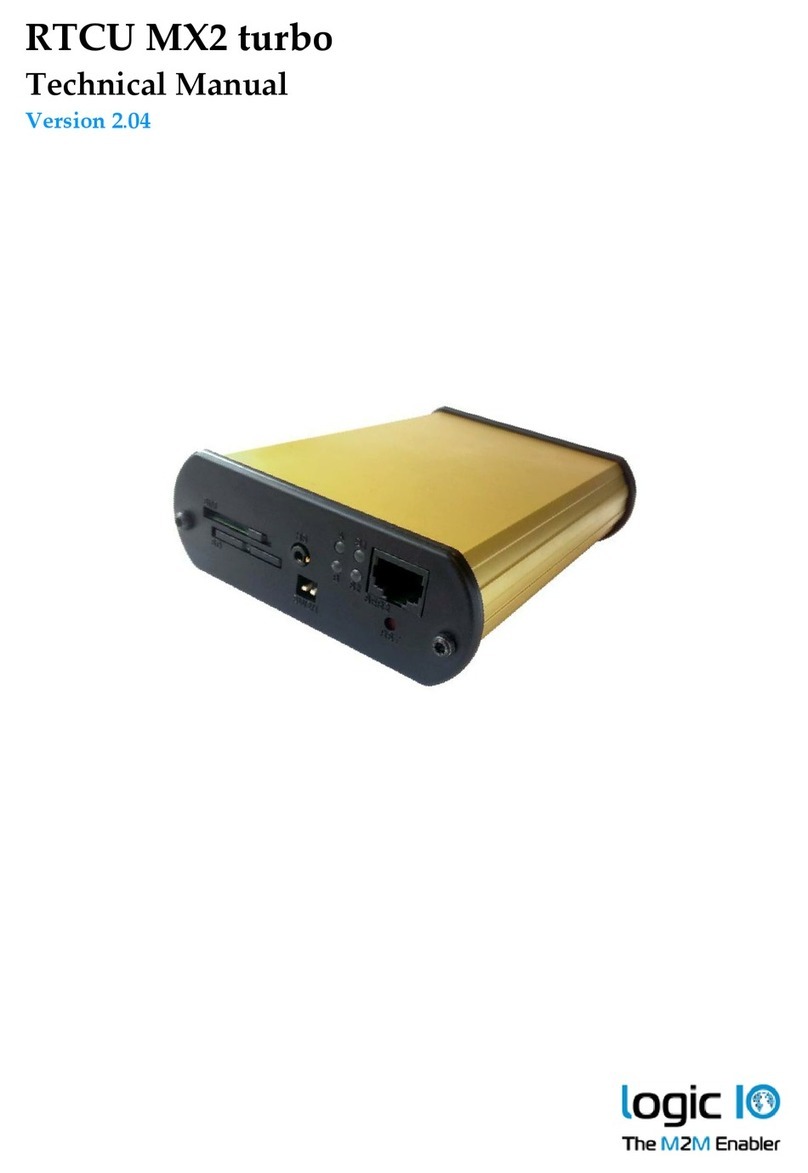
PCAN-Ethernet Gateway FD DR – User Manual
5
1 Introduction
The PCAN-Ethernet Gateway FD DR allows access to classic CAN or
modern CAN FD buses via an IP network. On top of that, CAN buses
can be connected to each other via IP using multiple devices. CAN
frames are wrapped in TCP or UDP message packets and then
forwarded via the IP network from one device to another. The
PCAN-Ethernet Gateway FD DR provides a LAN interface and two
CAN FD interfaces that allow bit rates up to 10 Mbit/s. For this, an
AM5716 Sitara processor provides the needed performance.
The PCAN Gateway product family is configured via a convenient
web interface. Alternatively, the JSON interface allows access via
software. Both options provide status information and settings of
the devices, the various communication interfaces, message
forwarding, and filters.
1.1 Properties at a Glance
AM5716 Sitara with Arm®Cortex®M15 core
2 GByte Flash and 1 GByte DDR3 RAM
Linux operating system (version 4.19)
Two High-speed CAN channels (ISO 11898-2)
Comply with CAN specifications 2.0 A/B and FD
CAN FD bit rates for the data field (64 bytes max.)
from 20 kbit/s up to 10 Mbit/s
CAN bit rates from 20 kbit/s up to 1 Mbit/s
Microchip MCP2558FD CAN transceiver



